Curiosities of Colombia, a nation located at the crossroads of South America, is a land of captivating contrasts, diverse landscapes, and rich cultural heritage. From the lush Amazon rainforest to the Andean mountain ranges and the vibrant Caribbean coast, Colombia boasts a myriad of unique features that set it apart. In this exploration, we delve into some of the most striking curiosities that make Colombia a unique and fascinating country.
Breathtaking Biodiversity
Colombia is recognized as one of the world’s most biodiverse countries, hosting a staggering variety of ecosystems and species. The country’s diverse geography, including the Amazon rainforest, Andean highlands, and Pacific and Caribbean coasts, contributes to its remarkable biodiversity. Colombia is home to a significant portion of the Amazon rainforest, making it a vital part of the planet’s lungs.
Coffee Cultural Landscape
Colombia is synonymous with high-quality coffee, and its Coffee Cultural Landscape, a UNESCO World Heritage Site, is a testament to the country’s rich coffee heritage. The lush hillsides of coffee plantations in regions like the Coffee Triangle (eje cafetero) offer breathtaking landscapes and provide insight into the intricate process of coffee cultivation.
Carnival of Barranquilla
The Carnival of Barranquilla, one of the largest carnivals in the world, is a vibrant and lively celebration that showcases Colombia’s cultural diversity. Featuring colorful parades, traditional music, and elaborate costumes, the carnival is an explosion of joy and creativity, reflecting the country’s Afro-Caribbean, indigenous, and Spanish influences.
Emerald Capital of the World
Colombia is often referred to as the “Emerald Capital of the World” due to its significant production of emeralds. The country’s mines, particularly in the Boyacá region, yield some of the world’s most valuable and sought-after emeralds, contributing to Colombia’s prominence in the global gemstone market.
Gabriel García Márquez’s Magical Realism
Colombian author Gabriel García Márquez, a Nobel Prize winner in Literature, is renowned for popularizing the literary style of magical realism. His works, including “One Hundred Years of Solitude,” blend the fantastical with the everyday, creating a unique narrative style that has left an indelible mark on world literature.
Amazon River’s Colombian Origins
While the Amazon River is often associated with Brazil, its origins lie in the Andes Mountains of southern Colombia. The Caquetá River, originating in the Colombian Andes, merges with other tributaries to form the Amazon River, highlighting Colombia’s crucial role in the hydrological network of the Amazon Basin.
Gold Museum (Museo del Oro)
The Gold Museum in Bogotá houses one of the most extensive collections of pre-Columbian gold artifacts in the world. The exhibits provide a fascinating glimpse into the craftsmanship and symbolism of ancient Colombian civilizations, including the Muisca people who created the famous El Dorado legend.
El Dorado Legend
The legend of El Dorado, a mythical city of gold, has deep roots in Colombian history. The Muisca people performed a ritual at Lake Guatavita, involving the gilding of a tribal chief and offerings of gold and emeralds. The legend captured the imagination of explorers and fueled the quest for the mythical city.
River of Five Colors (Caño Cristales)
Caño Cristales, often referred to as the “River of Five Colors,” is a natural wonder located in the Serranía de la Macarena National Park. The river’s vibrant colors, including shades of red, blue, green, yellow, and black, are created by the presence of aquatic plants and algae, making it a unique and visually stunning destination.
Cultural Diversity
Colombia is a melting pot of diverse cultures, languages, and traditions. The country is home to numerous indigenous communities, Afro-Colombian populations, and mestizo (mixed-race) communities, each contributing to the rich tapestry of Colombian culture. The preservation of indigenous languages and traditions is a testament to Colombia’s commitment to cultural diversity.
Plaza de Bolívar in Bogotá
Plaza de Bolívar, located in the heart of Bogotá, is a historic square surrounded by significant buildings such as the Cathedral of Bogotá, the National Capitol, and the Palace of Justice. The square serves as a focal point for political and cultural events, reflecting Colombia’s complex history and ongoing democratic processes.
Las Lajas Sanctuary
The Las Lajas Sanctuary, situated in a gorge in the Colombian Andes, is a visually stunning basilica built into the side of a canyon. Its Gothic Revival architecture, combined with the surrounding natural beauty, makes it one of the most picturesque religious sites in the world.
Andean Condor
The Andean condor, one of the world’s largest flying birds, is a symbol of Colombia’s biodiversity and a majestic resident of the Andean mountain ranges. Indigenous cultures in Colombia have revered the condor as a powerful and sacred creature.
Chocó Rainforest
The Chocó rainforest, located along Colombia’s Pacific coast, is recognized as one of the world’s rainiest places. Its lush biodiversity, including unique plant and animal species, makes it a hotspot for conservation efforts and ecotourism.
Tejo, Colombia’s National Sport
Tejo, a traditional Colombian sport, involves throwing heavy metal discs (tejos) at targets set in a clay-filled pit. The game is often accompanied by music, drinks, and lively social interactions, making it a cultural and recreational activity that reflects Colombia’s emphasis on community and celebration.
Fernando Botero’s Sculptures
Renowned Colombian artist Fernando Botero is famous for his distinctive style of “Boterismo,” characterized by exaggerated proportions and voluminous forms. His sculptures, displayed in public spaces across Colombia and the world, contribute to the global recognition of Colombian art.
Cocora Valley and Wax Palms
The Cocora Valley, part of Los Nevados National Natural Park, is known for its breathtaking landscapes and the presence of wax palms, Colombia’s national tree and the tallest palm species in the world. The valley offers stunning views of these towering palms against a backdrop of mist-covered mountains.
Pacific Music and Marimba Traditions
The Pacific region of Colombia is known for its vibrant Afro-Colombian culture, which is expressed through music and dance. The marimba, a traditional percussion instrument, plays a central role in the region’s musical traditions, reflecting the cultural richness of Colombia’s Pacific coast.
Paramo Ecosystems
Colombia is home to extensive paramo ecosystems, high-altitude plateaus characterized by unique flora and fauna. These delicate and biodiverse ecosystems are crucial for water regulation and play a vital role in maintaining the ecological balance of the Andean region.
San Agustín Archaeological Park
The San Agustín Archaeological Park, a UNESCO World Heritage Site, contains the largest group of religious monuments and megalith
ic sculptures in South America. The ancient statues, created by the San Agustín civilization, offer a glimpse into pre-Columbian art and spirituality.
Conclusion
Colombia’s uniqueness lies in its unparalleled natural beauty, cultural diversity, and historical significance. From the colorful celebrations of Barranquilla’s Carnival to the mystical landscapes of Caño Cristales, Colombia offers a treasure trove of experiences for those seeking adventure, cultural immersion, and natural wonders.
As Colombia continues to embrace its identity and navigate a path of progress and inclusivity, its striking curiosities remain a source of pride for its people and an invitation for the world to explore and appreciate the multifaceted tapestry of Colombian life. Whether savoring the aroma of Colombian coffee, exploring ancient archaeological sites, or immersing oneself in the warmth of its cultural traditions, Colombia stands as a testament to the beauty of diversity and the enduring spirit of a nation that has much to share with the world.


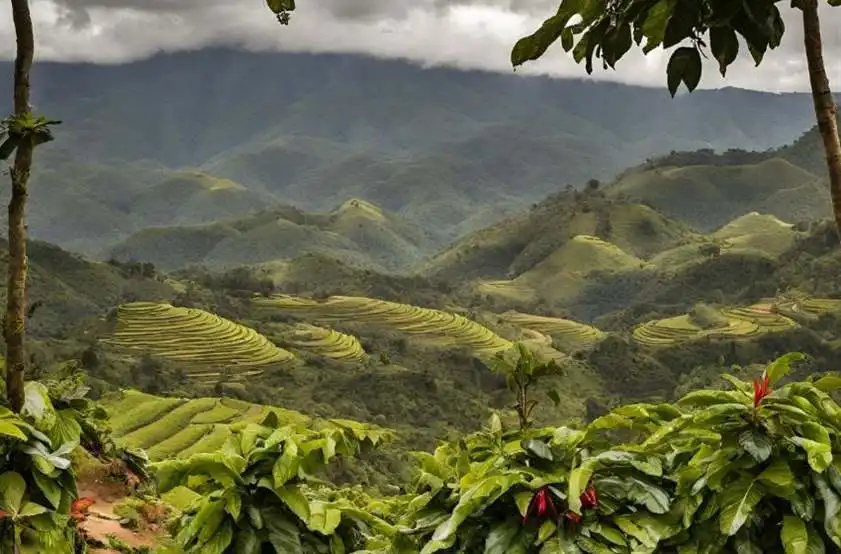
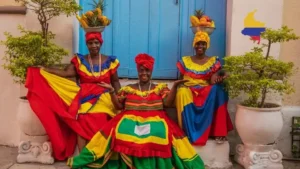
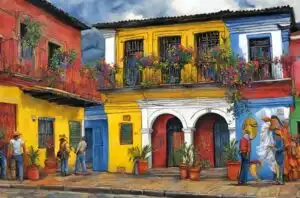
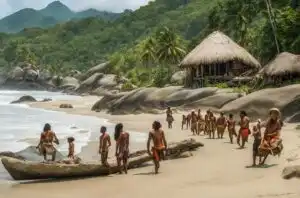

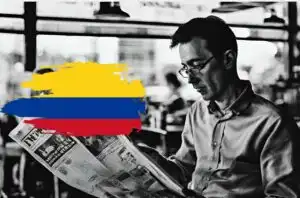
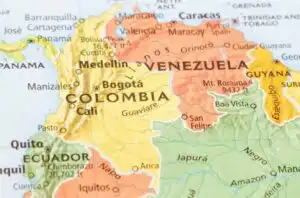

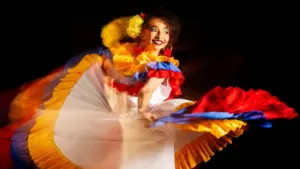

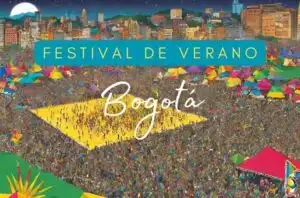
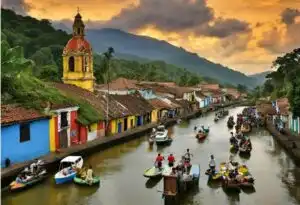

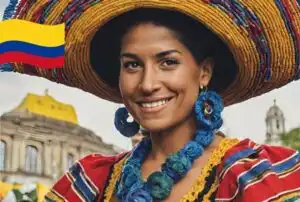
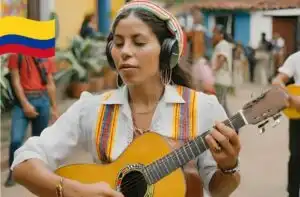

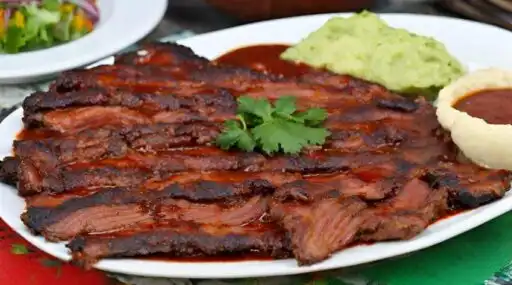
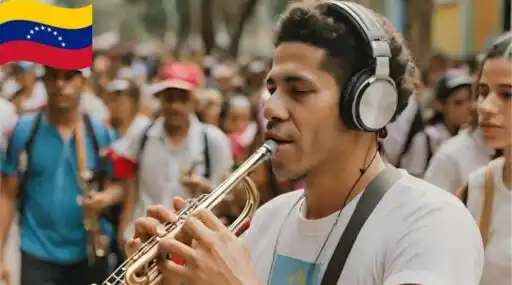
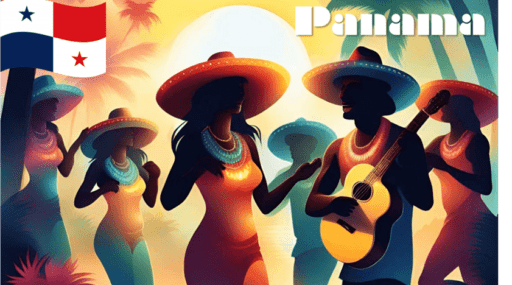


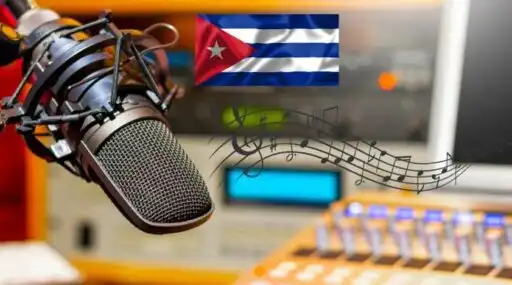
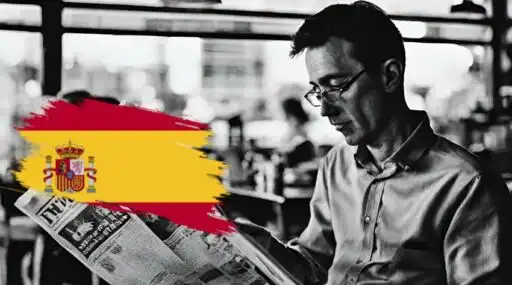

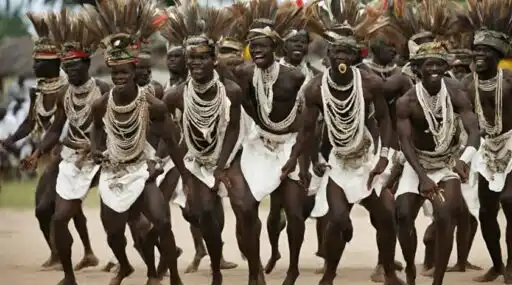





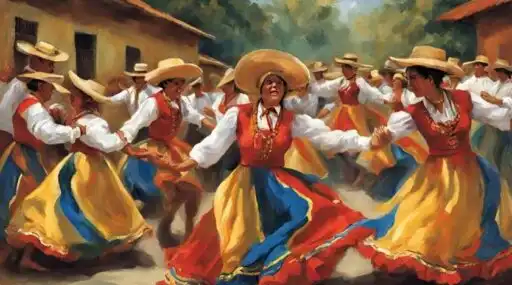

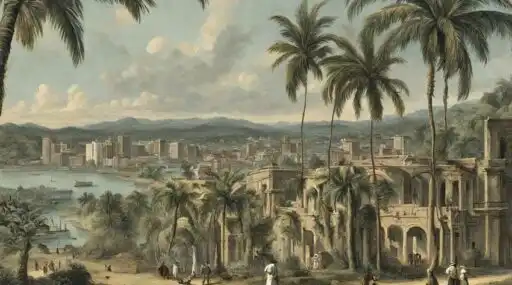



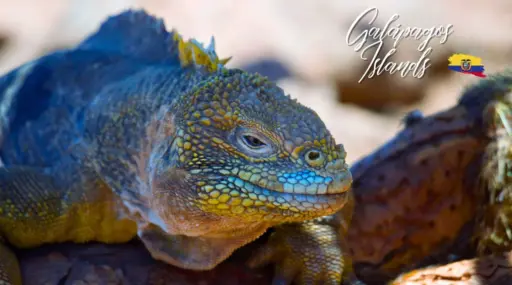



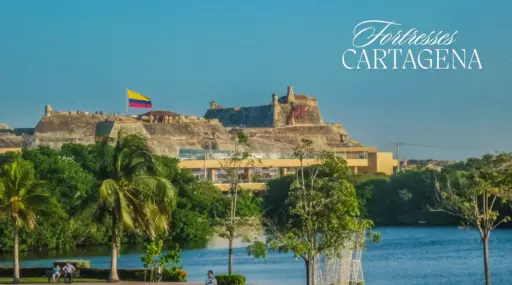
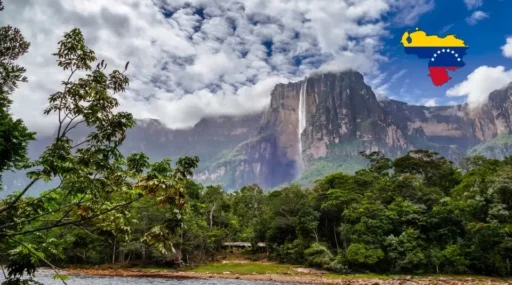
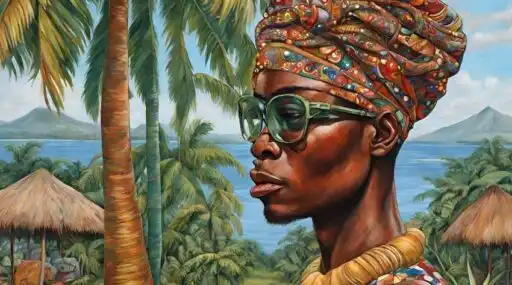


Leave a Reply